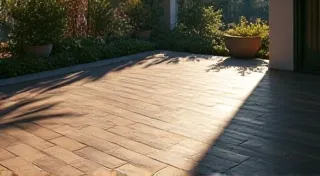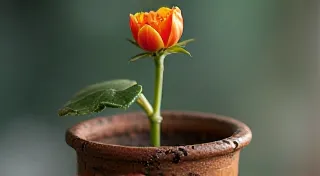The Poet's Tuner: Finding Beauty and Emotion in the Radio Restoration Process
There's a particular kind of quiet that settles over you when you're hunched over an antique radio, a feeling not unlike the hush that falls over a library or a cathedral. It's a quiet born of reverence, of understanding that you’re holding more than just metal and vacuum tubes; you’re cradling a whisper from the past, a vessel of shared experiences, and a testament to the ingenuity of a bygone era. Restoring these radios isn't merely a technical pursuit; it’s an act of preservation, a poetic endeavor that connects us to the lives and dreams of those who once listened to them.
My first experience with radio restoration came unexpectedly. My grandfather, a quiet man of immense skill, passed away, leaving behind a garage full of treasures and a singular, dust-laden Philco 48 from the late 1930s. I knew nothing of electronics. I was an architect, used to crafting modern structures from steel and glass, not coaxing music from tubes and transformers. But the radio, with its art deco curves and promises of crackling voices, exerted a peculiar allure. I felt compelled, almost obligated, to breathe life back into it.
The initial assessment was daunting. Decades of neglect had taken their toll. The cabinet was scratched and faded, the speaker cloth torn, and the internal components, a tangle of wires and brittle capacitors, appeared utterly defeated. Yet, within that perceived chaos, I saw a challenge, a puzzle to be solved, and a potential for profound reward.
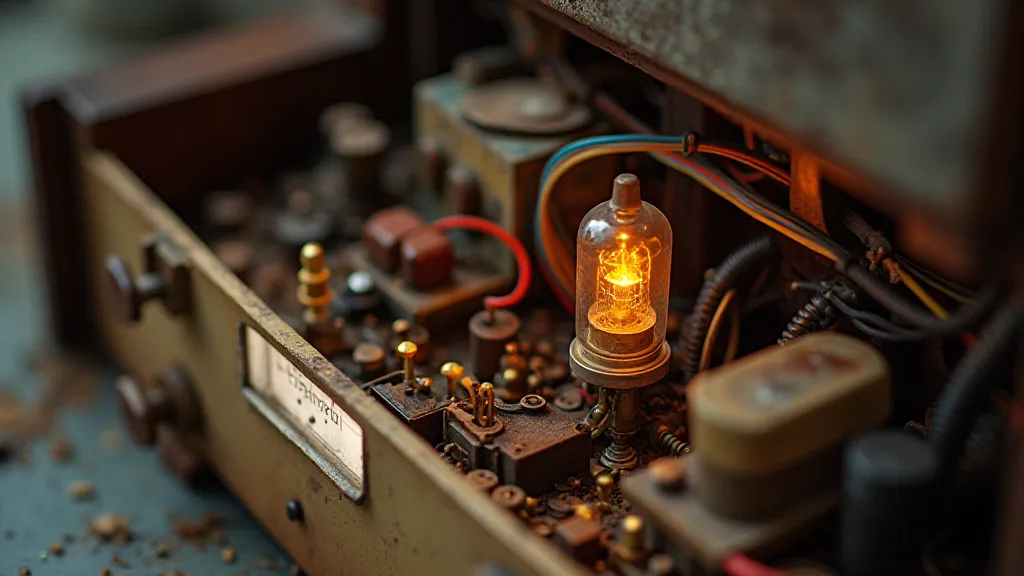
Echoes of a Bygone Era
Antique radios, particularly those from the 1930s and 40s, weren't simply entertainment devices. They were a primary source of news, entertainment, and community connection. Imagine families huddled around a Philco or a Zenith, listening to the reassuring voice of Franklin D. Roosevelt during the Great Depression, or sharing the excitement of a baseball game broadcast across the nation. These radios witnessed births, deaths, celebrations, and sorrows, becoming silent participants in the unfolding drama of human life. Recognizing this history imbues the restoration process with a sense of responsibility—a commitment to honoring the legacy of these machines and the people who relied on them.
The craftsmanship, too, is breathtaking. Unlike today’s mass-produced electronics, these radios were often assembled by skilled artisans, each component meticulously placed and wired. The cabinets were crafted from beautiful hardwoods like walnut and maple, often adorned with intricate marquetry or elegant veneers. Even the mundane details, like the knobs and tuning dials, were designed with an aesthetic sensibility that is rare today. Restoring a radio isn’t just about fixing it; it’s about appreciating the artistry and skill that went into its creation.
The Dance of Restoration: A Slow and Deliberate Process
The restoration itself is a patient, deliberate dance. There's no room for haste or brute force. Each step requires careful assessment, meticulous cleaning, and a deep understanding of electrical principles. Replacing capacitors, resistors, and tubes is often necessary, but it’s not as simple as swapping components. Old parts are often of different voltage ratings or have different tolerances than modern equivalents. Understanding these nuances, and knowing how to adapt and compensate, is crucial for a successful restoration.
There are moments of frustration, of course. The unexpected short circuit, the elusive hum, the seemingly irreparable cabinet damage – these are the inevitable challenges that test one’s resolve. But these setbacks are also opportunities to learn, to deepen one's understanding of the technology, and to appreciate the resilience of these machines. I once spent nearly a week troubleshooting a particularly stubborn oscillation, a high-pitched whine that defied all conventional wisdom. Finally, after countless hours of testing and experimentation, I traced the problem to a tiny crack in a ceramic tube socket. The relief and satisfaction I felt when that hum vanished were immeasurable.
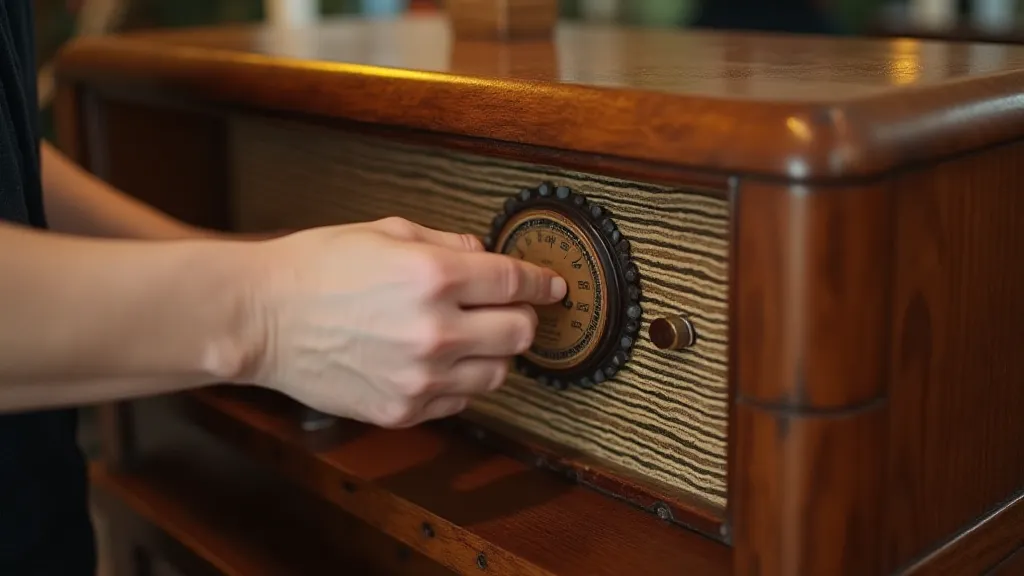
Beyond Functionality: A Connection to the Past
While bringing a radio back to functional condition is a significant achievement, the true reward lies in the intangible qualities that emerge during the restoration process. It's in the way the cabinet gleams under a coat of fresh wax, revealing the beauty of the wood grain. It's in the warm, mellow tones that emanate from the restored speaker, filling a room with the crackle of static and the faint echoes of voices long gone. It's in the feeling of connection to the past, to the people who designed, built, and listened to these machines before us.
Restoration isn’t always about returning a radio to its original condition. Sometimes, it’s about preserving its character, embracing its imperfections, and allowing it to tell its own story. A small scratch on the cabinet might be a testament to a family gathering or a child’s playful touch. A slightly faded label might be a reminder of the passage of time. These imperfections are part of the radio’s history, and they deserve to be respected.
Collecting and Preservation: More Than Just a Hobby
The world of antique radio collecting is vibrant and passionate, populated by individuals dedicated to preserving these cultural artifacts. From the humble tabletop sets to the grand floor-standing consoles, each radio tells a story about the technology, design, and social context of its time. Collecting isn't merely about acquiring objects; it's about safeguarding a piece of history for future generations. It’s about understanding the ingenuity of early electronics and appreciating the artistry of a bygone era.
The responsibility of preservation extends beyond the individual collector. Museums, historical societies, and online communities play a vital role in documenting and sharing the knowledge needed to restore and maintain these machines. By sharing expertise and resources, we can ensure that these treasures continue to inspire and educate for years to come. And by carefully documenting your own restoration projects, you become a part of that collective effort, contributing to a growing body of knowledge that benefits the entire community.
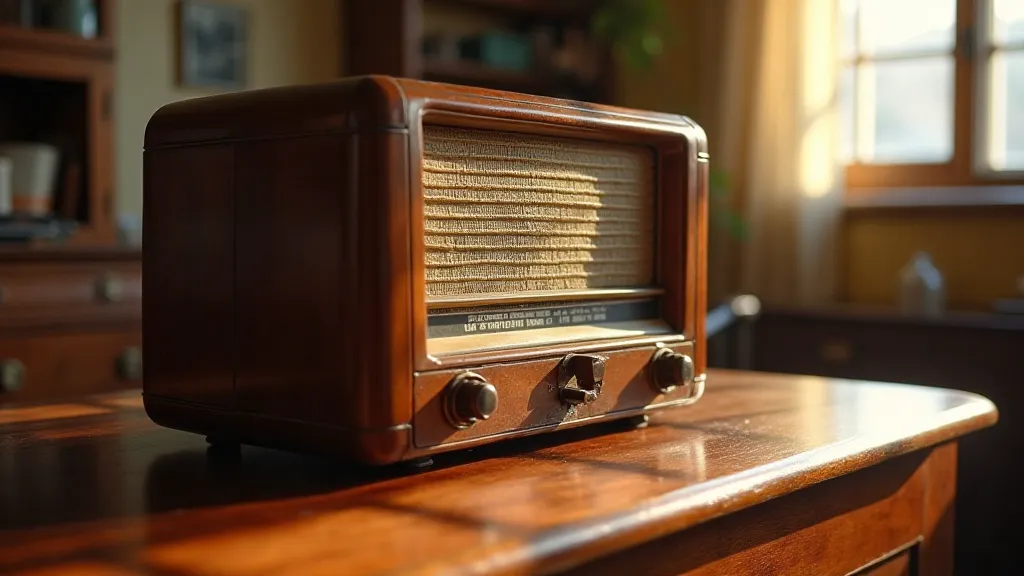
Restoring an antique radio is more than a technical endeavor; it’s a journey of discovery, a testament to human ingenuity, and a connection to the past. It's a slow, deliberate process that requires patience, skill, and a deep appreciation for the beauty and craftsmanship of a bygone era. And in the quiet satisfaction of bringing a radio back to life, we find a profound sense of purpose and a deeper understanding of the human experience.

